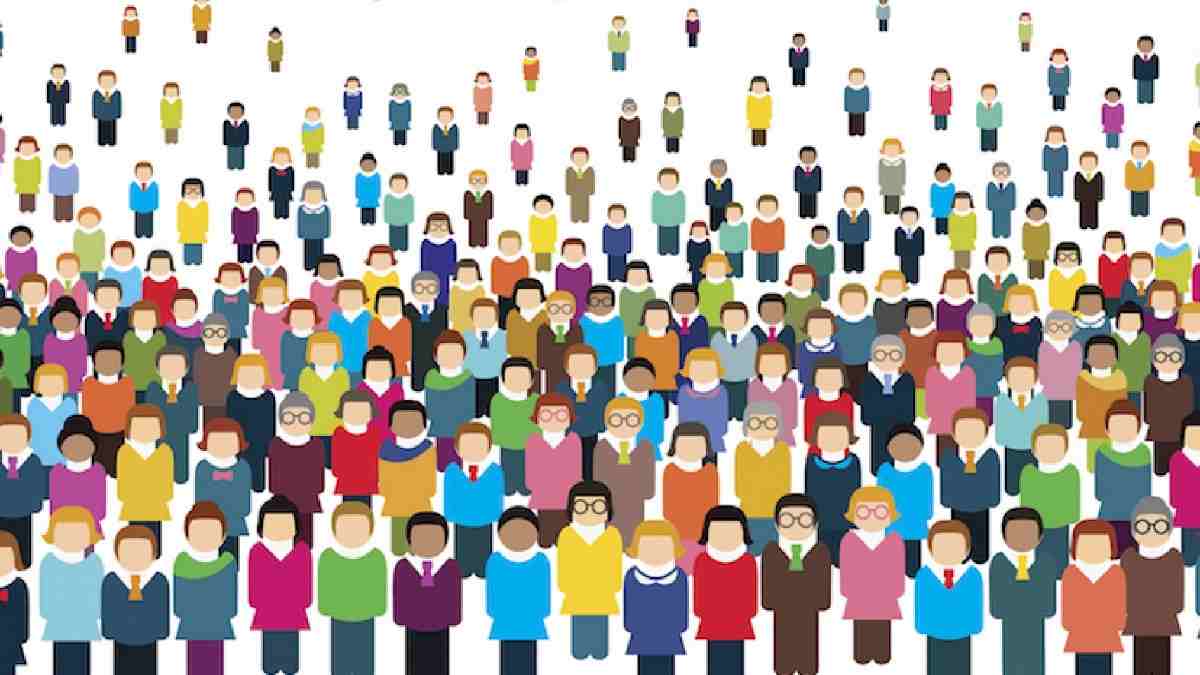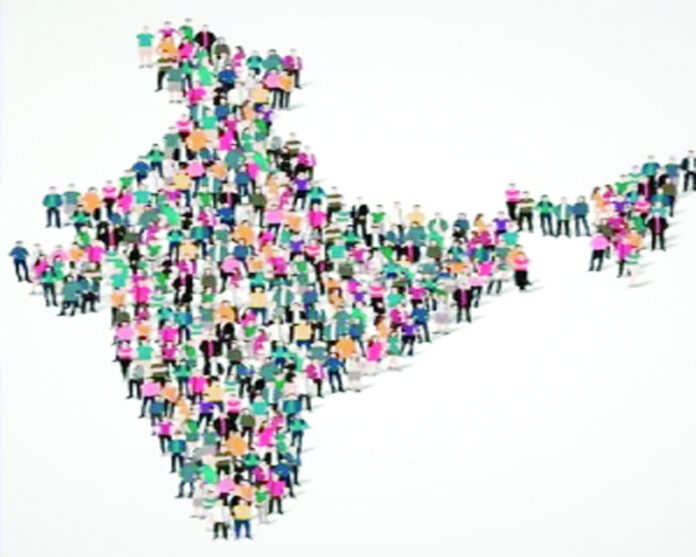After a significant delay due to the COVID-19 pandemic, India’s much-anticipated census exercise is set to resume in early 2025, with the results expected by 2026. This long-awaited update in India’s population data will not only refresh a decade’s worth of demographic insights but also mark a shift in future census cycles. Traditionally held every ten years, the Census is a pillar of data collection in India, driving key policy decisions, economic planning, and social services across the country. However, this time around, there are questions surrounding whether the exercise will include a caste census, a move that many political groups have advocated for but the government has yet to confirm.
The 2025 Census will also bring several new elements, from updated questions in the National Population Register (NPR) to potential legislative changes, as the country prepares for evolving demographics, shifting political landscapes, and regional sensitivities.

Why the Delay in the Census?
Since 1951, the Census has been conducted every ten years, providing an invaluable demographic record of the country. However, the 2021 Census was postponed due to the pandemic, leaving the country without updated population data as of 2023. This delay has caused ripple effects in numerous areas, from political representation to economic planning. Without the current data, it’s challenging to assess population growth, shifts in urban-rural distribution, or trends in literacy and workforce participation.
India’s Census is particularly critical because it underpins policy decisions that affect healthcare, education, housing, and welfare. For policymakers, the delay represents a significant gap in the ability to plan for social services that cater to a rapidly changing population. However, government sources confirm that work on the Census and NPR will kick off in early 2025, signaling a long-awaited return to this fundamental data-gathering exercise.

What’s New in the 2025 Census?
The upcoming Census will introduce new components and updated questions, reflecting the current socio-economic landscape. The Office of the Registrar General and Census Commissioner has prepared a list of 31 questions, covering everything from household characteristics and gender of the head of the household to access to amenities such as telephones, internet, and vehicles. This Census will delve deeper into living conditions, capturing data on kitchen facilities, bathing facilities, access to drinking water, and fuel sources for cooking.
However, the question of a caste census has yet to be resolved. Political parties, including the Congress and RJD, have been pushing for the inclusion of caste data to provide a clearer picture of the country’s caste demographics, particularly to understand the proportion of Other Backward Classes (OBC) in India. While the government has made no official decision, advocates argue that caste data is essential for targeted social and economic policies that address disparities within the population.
Future Implications of the Census Cycle Shift
One of the most significant changes coming with the 2025 Census is the shift in the census cycle itself. Previously, India’s Census operated on a decadal basis—1951, 1961, and so on. With the delay caused by the pandemic, the cycle will now move to a five-year pattern starting in 2025, meaning subsequent censuses will likely occur in 2035, 2045, and so on. This adjustment could have long-term implications for how India plans and implements policies based on population data, ensuring a more adaptive response to rapid social changes and economic demands.
The 2025 Census data will also be closely tied to the upcoming delimitation process, which is due in 2026. Delimitation affects the distribution of parliamentary seats based on population size, making it a contentious issue. Leaders from southern states, where population growth has slowed, express concerns about losing seats compared to northern states, which have seen higher growth rates. According to Article 82 of the Constitution, seat allocation will remain based on the 1971 Census until the next data is published. If the 2025 Census data prompts delimitation adjustments, an amendment to Article 82 may be required to reflect this new cycle.
Census Data and Regional Representation Concerns
India’s diversity in population growth rates across states creates regional sensitivities surrounding Census data and its implications. Southern states, which have effectively controlled population growth, fear that they may lose parliamentary representation when compared to states with higher birth rates. The delimitation exercise, expected after the Census data release in 2026, could exacerbate these concerns, as states with larger populations may gain more seats in Parliament.
The potential impact on southern states has fueled debate on whether current constitutional provisions should be amended. Regional leaders argue that states that have successfully implemented population control should not be penalized in terms of political representation. This concern has raised discussions on whether the delimitation should factor in development indices and population control successes, beyond merely population numbers.
Navigating the Complexities of Caste in the Census
The inclusion of caste data in the Census remains one of the most debated aspects. While there’s significant political support for a caste census, opposition exists as well. Proponents argue that a caste census would offer a clearer picture of social stratification in India, especially regarding the OBC population, allowing for better-targeted policies that address socio-economic disparities. Critics, however, raise concerns about potential social divisions and politicization of caste data.
Currently, the government has not made an official decision on including caste data in the Census, leaving room for further debate. A caste census would entail considerable planning and resources to ensure accuracy and sensitivity, yet it could provide invaluable insights for crafting equitable policies that promote social cohesion and development.
Looking Ahead: How the Census Shapes India’s Future
As India prepares to undertake the 2025 Census, it’s clear that the exercise is much more than a simple headcount. The data gathered will influence everything from the allocation of resources to representation in Parliament, social welfare programs, and regional development plans. For a country as diverse as India, the Census is an essential tool for capturing the evolving demographic landscape and addressing the challenges and opportunities that come with it.
While uncertainties remain—particularly around the inclusion of caste data—the upcoming Census and NPR updates will play a crucial role in aligning the nation’s planning and policy frameworks with current realities. The insights gleaned from the Census data will drive decision-making, shaping the lives of millions for the next decade and beyond.
In conclusion, the 2025 Census will serve as a transformative exercise that not only captures India’s demographic details but also informs the country’s approach to equitable growth and representation. From regional concerns to debates on caste inclusion, the Census represents a cross-section of India’s socio-political landscape. Its outcomes will likely influence national conversations and policy decisions, ultimately defining the contours of India’s future trajectory.

